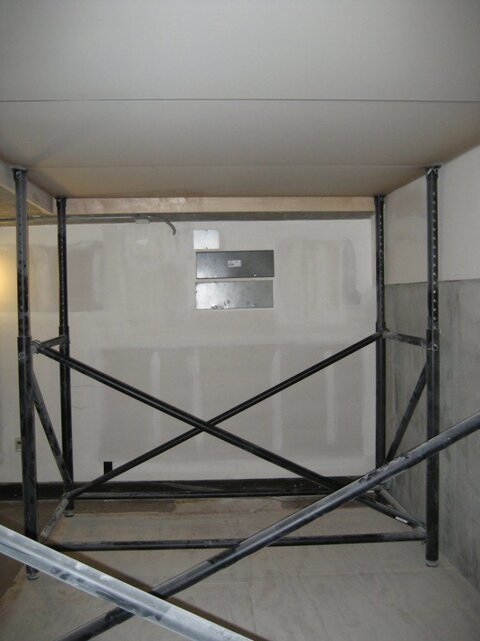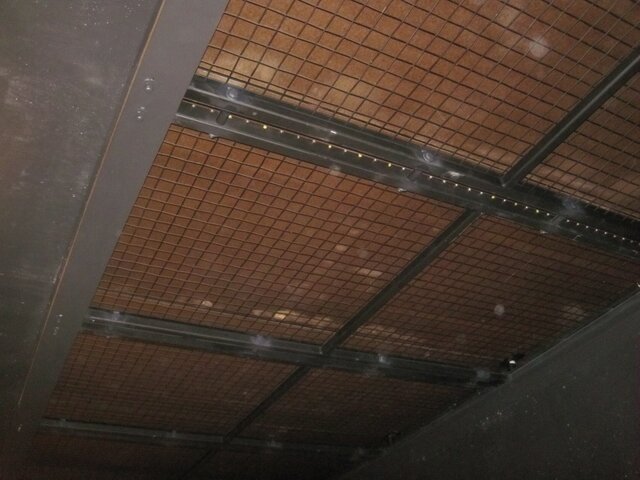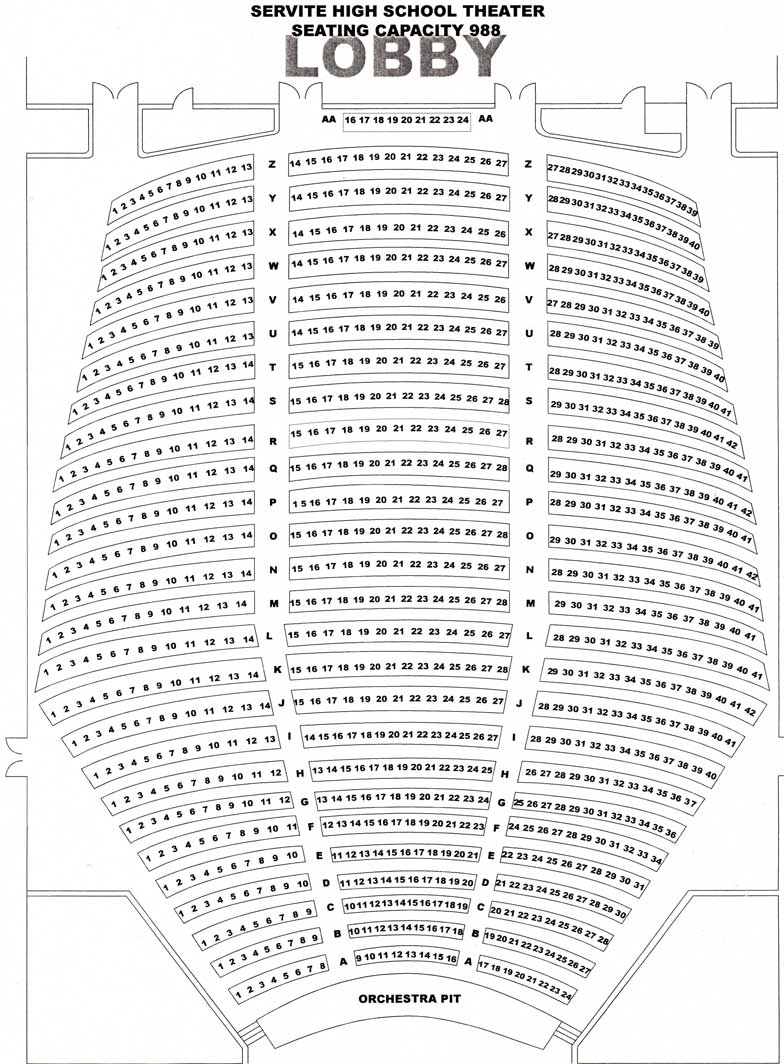I wonder if there was a trained* adult present who supervised construction/installation, or who could
point out if there was too much weight on the
deck.
A potential factor at
play is that even if someone was around who supervised the construction -- even if the construction was superior and extremely well-built and engineered for its purpose, that purpose may have been for a show 12 years previous where only 15 people walked around on the extension.
I've known a lot of pieces of scenery and modifications to facilities that have been in place longer than most of the people working on the show. Some scenery is on its sixth production in as many years with nothing more than a new paint job. Some modifications to facilities (
egress push-bars gaffed in, A-frames with wheels added,
orchestra pits repurposed as costume storage) date back 2 or 3 TD's.
No faculty member walking in to supervise an event like this is going to consider the strength of the pit fillers, nor are most scenery builders going to think that some day 60 students might jump up and down in rhythm on top of the scenery they built for a given show that ended up being saved for future shows years later. To that end, if there was a TD (or
venue/facility manager or the like) employed at this
venue (which I'm going to say is likely, given the moving lights), I would not put it past them to have not factored in the load capacity of the pit fillers before letting the event proceed. It would also not be unprecedented for them to have not seen this part of the performance
play out until it happened in front of an audience the night of the accident.
This incident is a good Exhibit A for why if you engineer something for a very specific use-case (a single production), it's wise to take into consideration the
safety implications of your creation. If someone could come in later and unknowingly use it in a manner in which it was not intended that could result in injury or death, it may be best for you to destroy your creation and
throw it in a dumpster than to leave it for others to use at their leisure.
Related, I know of more than a couple TD's with BFA's in
Theatre Design/Tech who should have no business being responsible for the
safety matters of their facilities, who know enough to skate by but not enough to have prevented an incident such as this. I've seen a
pattern of BFA programs grossly neglecting adequate
safety in their curricula. The result is a vast number of professionals who don't know what they don't know and are incapable of responsibly assessing the risks in front of them as well as the risks that they may leave behind for someone else.
The world could use a few more @
BillConnerASTC's and @
teqniqal's, but unfortunately their
level of expertise in these matters I imagine comes from their own research far more than from a bachelor's
level of education in theater design would offer.






